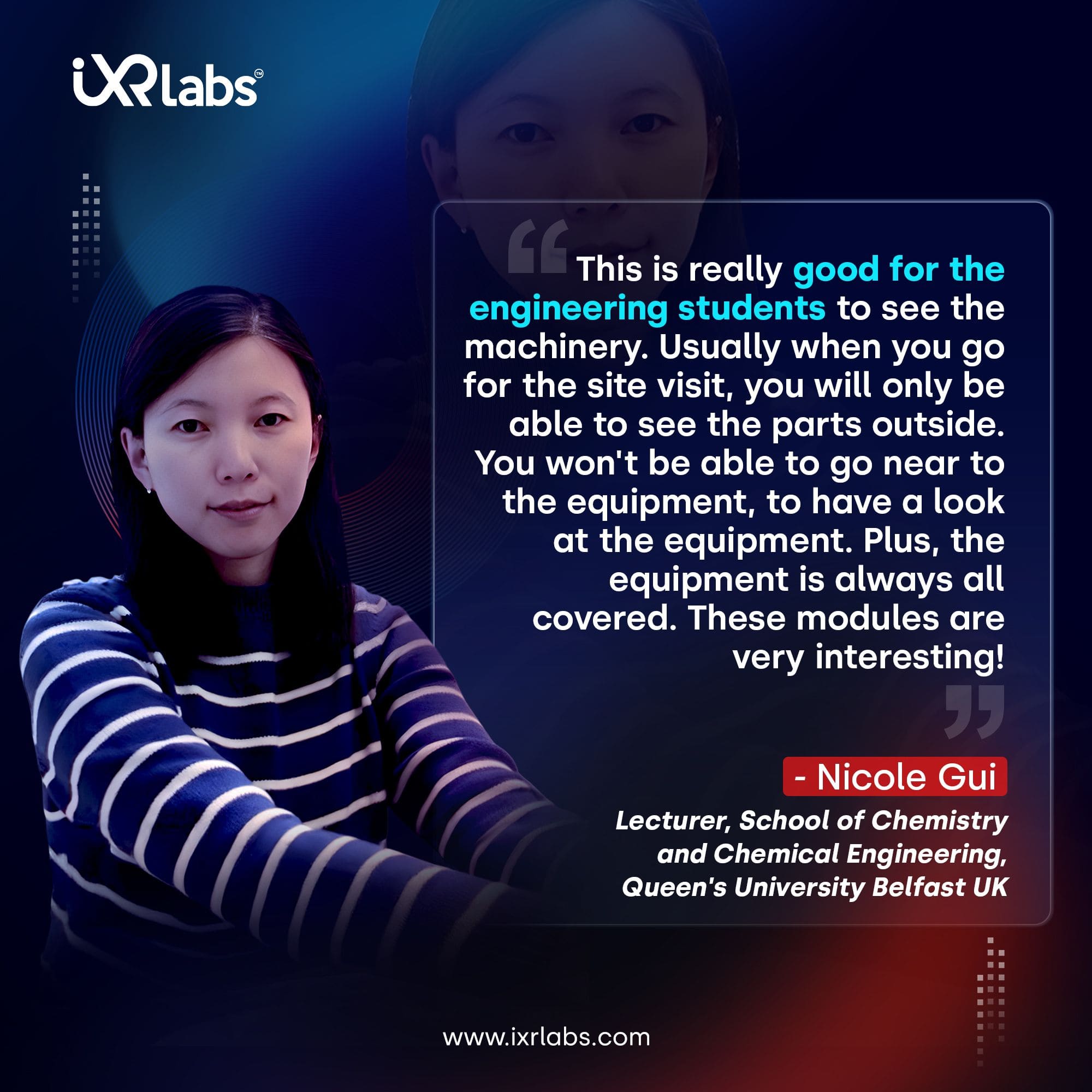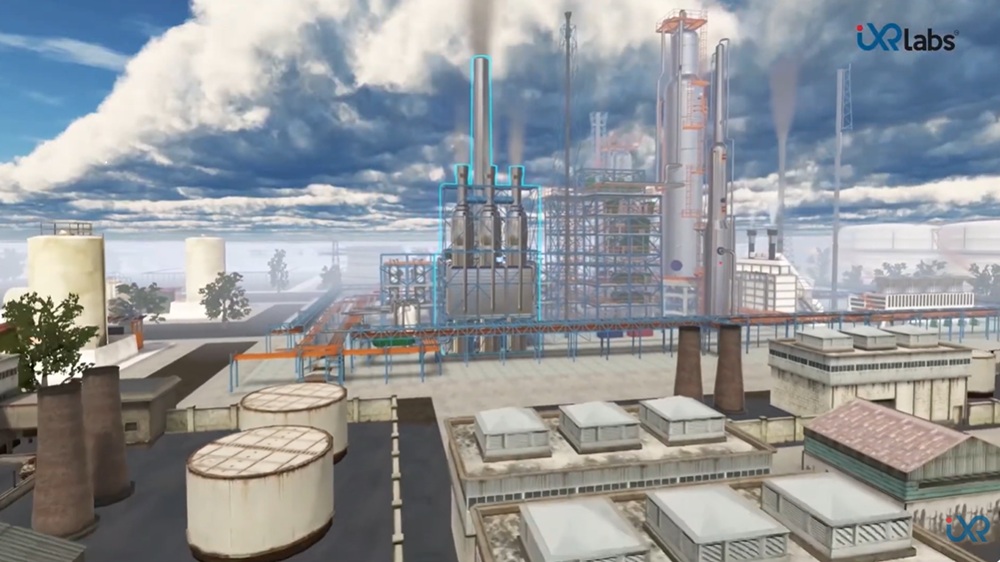Virtual Reality For Electrical Engineering Education

The global electrical engineering services market was at $233.65 Billion in 2019. The market is expected to grow by leaps and bounds owing to increased urbanization, demand for sustainable resources, and the adoption of technologies like IoT.
To maintain the supply-demand scenario, well-trained electrical engineers who come up with robust solutions are required in the market.
The employment of electronic engineers is expected to grow by 3% from 2019 to 2029 (according to BIS) which is significant growth.
In order to adapt to the ever-evolving industry and technology standards, including the integration of virtual reality (VR) and virtual industrial visits, the traditional method of electrical engineering teaching and learning will not suffice.
Fostering a tech-centric educational culture, enriched with advancements like VR in electronics, is the need of the hour.
Virtual reality is one such innovation. Branches like remote education and telerobotics contribute to the effect of VR in electrical engineering education. The market also looks good. According to Fortune Business Insights.
1. In 2018, virtual reality in the education market was at $656.6 Million.
2. By 2026, the market is expected to reach $13,098.2 Million.
3. The CAGR exhibited by the market from 2018 to 2026 will be 42.9%.
Increased digitization and adoption of online education will drive this growth. As more higher education institutions opt to go online with entire electrical engineering courses there is little doubt about the advantages of the shift as well.
Some benefits include flexible scheduling, accountability at a personal level, mobility, and a student-centric approach. Let us explore some other benefits.
Benefits of VR in Electrical Engineering Education

Electrical engineers are now challenged with the task of developing industry-centric skills. These skills are updated frequently and it becomes hard to get their hands on the exact equipment needed to polish their prowess.
Virtual reality labs are the solution. With VR- higher education institutes can equip students with a frequently updated and safe environment to practice the latest developments within the industry.
Remote education is taking a more significant role in the higher learning sector. The online learners need to be provided with the same opportunities as the on-site learners. For instance, the use of machines like step down transformers and Tesla turbines.
With VR the experience can be extended to online learners as well. This can be done through designing interactive virtual machines and fashioning virtual field visits for electrical engineering students.
The immersive environment exhibits options such as “Separate Parts”, “X-Ray View”, “Show Working”, and “Instructions”. The student can interact with each of these elements to gain a deeper knowledge of the step-down transformer.
 Get the App from Meta Store: Download Now
Get the App from Meta Store: Download Now
The industrial roles of an electrical engineer, which may involve working with complex electronics and machinery, are hazardous to some extent.
Students need proper training and experience beforehand, including exposure to virtual reality (VR) in electronics, in order to traverse adversities that might arise in real-world scenarios.
Having a virtual environment to practice and perfect their prowess allows them to make mistakes and learn in a consequence-free environment.
For having the opportunity to go on a virtual field trip to an AC power plant. These are crucial for the learners.
The learner can virtually disassemble the transformer and learn about the cross-sectional nuances, leveraging the benefits of virtual reality (VR) in electrical engineering.
Through this immersive experience, students can interact with different parts such as the radiator, conservator, primary and secondary windings, the iron core, and so on, enhancing their understanding of the intricacies involved in power systems.
The X-Ray vision dives deep into the details of each part of the step-down transformer. This includes the oil level gauge, Buchholz relay, breacher, tank, explosion vent, temperature gauge, and bushings.
Learning becomes easier and the engagement among the students will skyrocket through 3D visualizations, simulations, and virtual reality in higher education.
Better engagement results in better learning outcomes, producing better-equipped and more confident electrical engineers. What can we conclude from this discussion?
Related Post: AME Training Through VR
Summing up
The virtual training and simulation market, particularly in industries like the power sector, is showing significant growth post the pandemic.
Increased demand for remote learning and the added benefits of flexibility, including the integration of virtual reality (VR) in power industry training, are the main drivers of this growth. Allied Market Research has found that:
1. The market was at $204.41 Billion in 2019.
2. By 2027, the virtual simulation market is expected to reach a value of $601.85 Billion.
3. The CAGR expected from the market is 13.7% from 2019 to 2027.
Online content, certification courses, LMS, and the growth of other e-learning tools are expected to be the main reasons for this.
Innovations are at the forefront of the activities at iXR Labs. We seek to revolutionize higher education through our groundbreaking tech.
Visit our website to learn more or contact us today.

.png)




